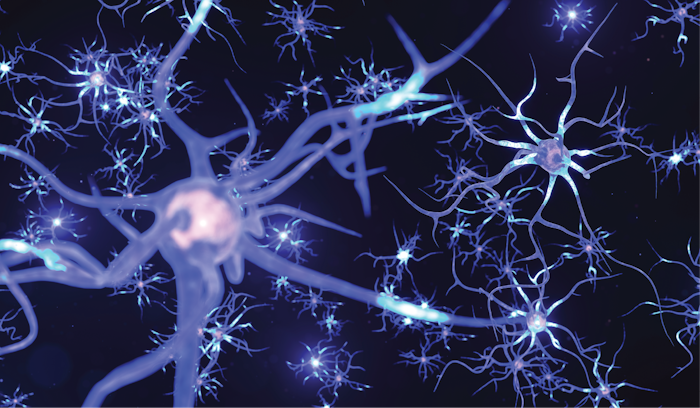Relationships Between Genomic, Imaging, and Histopathologic Characteristics in Pediatric Brain Tumors

CBTN Data
CBTN Participants
About this
Project
Understanding the genetic makeup of tumors is crucial in the pursuit of diagnostics and therapies. Sequencing a tumor sample’s DNA, or identifying all of the genes present in the tumor, is important for better understanding cancers and creating treatments. However, genomic data is not the only clinically relevant information for diagnosing cancer. Researchers on this project seek to combine genomic data with tumor imagery and text-based data gathered directly from patients and medical professionals. Comparing this data could reveal connections and patterns relevant to more accurate diagnoses,effective treatments and better understand different tumor types. Using machine learning-based algorithms, or instructions for a computer that adapt themselves to new information, researchers will compare text-based clinical data provided by CBTN to genomic data made available through the Pediatric Brain Tumor Atlas. With access to such a broad dataset on pediatric brain cancers, researchers aim to improve the accuracy of diagnostic tests for pediatric patients.
Ask The
Scientists
What are the goals of this project?
Researchers are looking for correlations between genomic data, text-based data, and tumor imagery of pediatric brain cancers.
What is the impact of this project?
By combining analysis of these data types, researchers hope to improve the diagnostic accuracy of current.
Why is the CBTN request important to this project?
The Pediatric Brain Tumor Atlas provides researchers with the genomic data necessary for this project. This data will be supplemented with clinical data from CBTN, allowing for the comparative analysis key to this project.
Specimen Data
The Children's Brain Tumor Network contributed to this project by providing access to the Pediatric Brain Tumor Atlas and clinical data.
Meet The
Team
related






